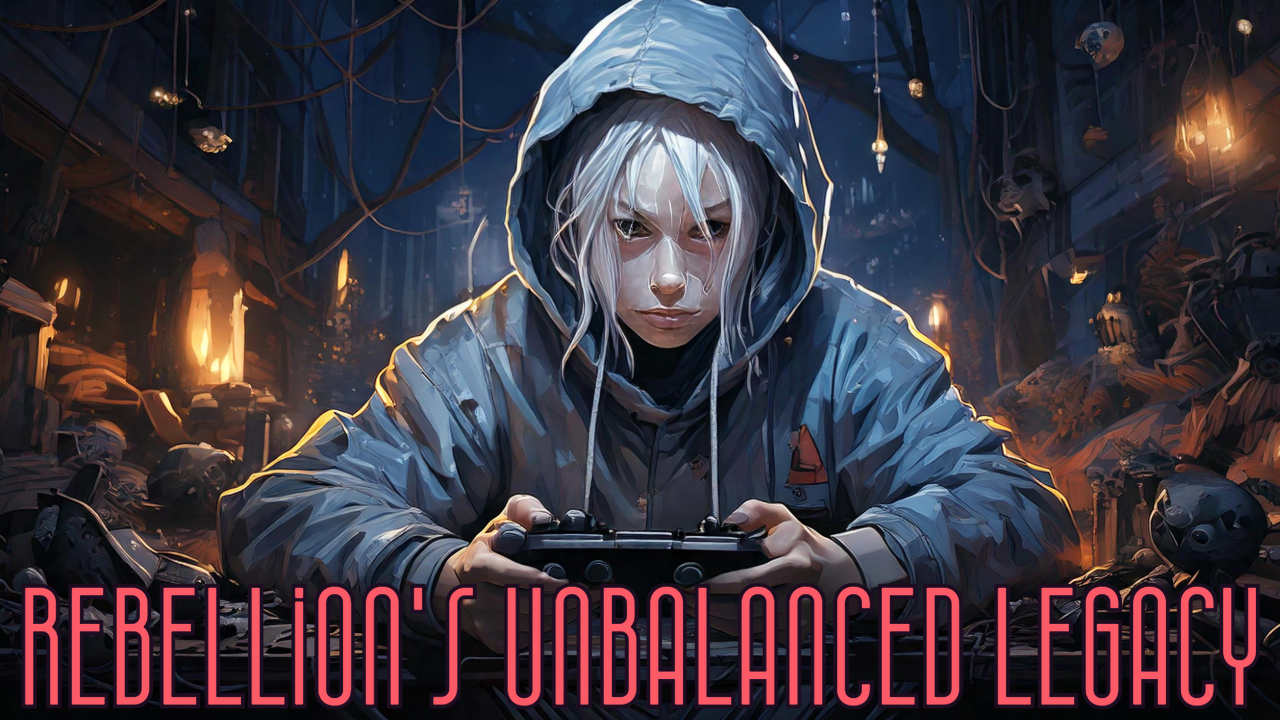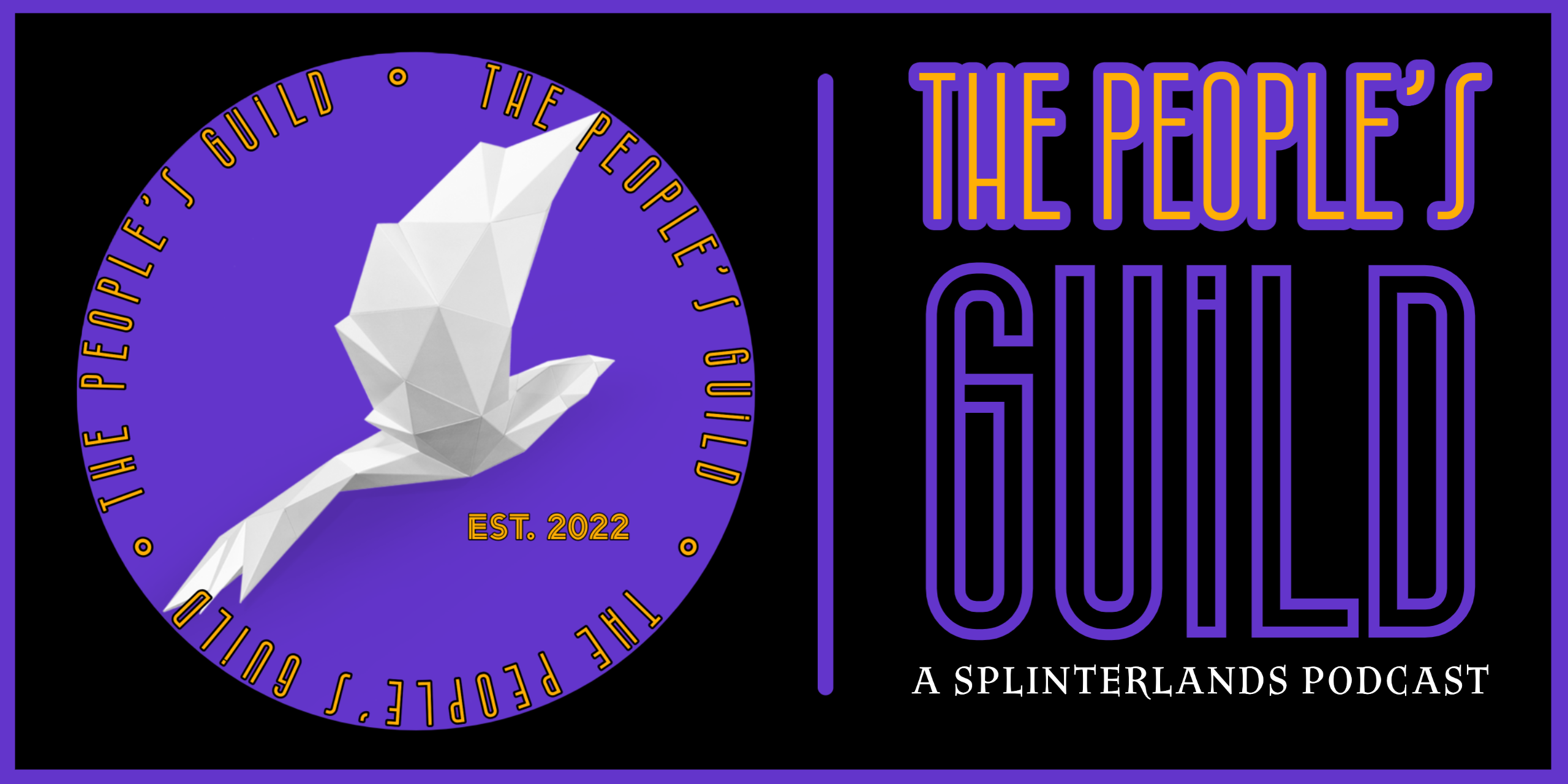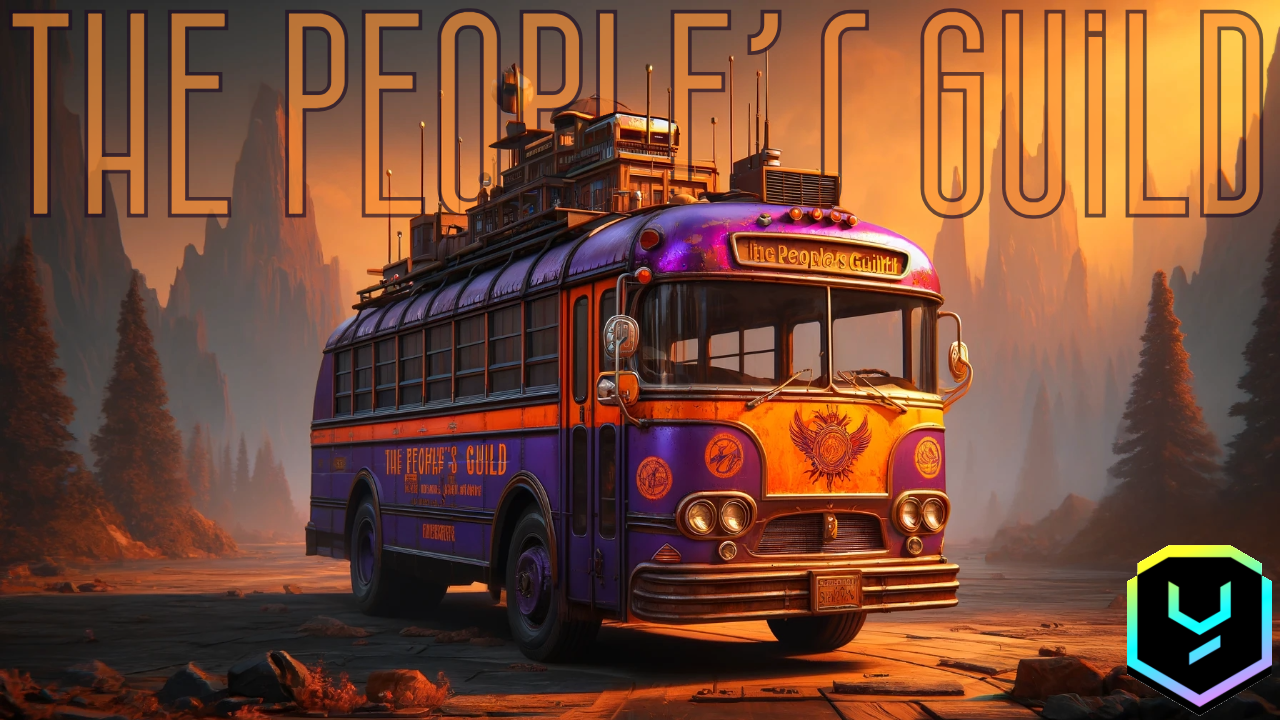
Why I’m Leaving Ranked Play: A Retrospective on Rebellion's Card Design Failures
After months of frustration and disillusionment, I’ve made the difficult decision to step away from ranked play in Splinterlands. I’ve narrowed my focus to three options: renting out my cards entirely, empowering my deck through a scholar, or enabling a bot. This article serves as both a retrospective on the Rebellion era and an explanation of why I’ve come to this point.
Rebellion's lifespan has been marred by a series of glaring issues in card design, balance, and meta management. The initial months of the set were dominated by the Grimbardun Smith meta, a time when nearly every match felt predetermined based on who could better exploit the card’s overwhelming strengths. After the first three to four months, the game saw a reprieve—what we'll call "The Fun Era." Cards like Venka, Lorkus, and Cryptic brought balance and variety, making the game enjoyable and competitive once again.
However, this golden period was short-lived. The release of Eternal Tofu, coupled with other problematic designs, plunged the game into absolute one-sided monotony. The Eternal Tofu meta—defined by Earth, Life, and "all Tofu all the time"—has been the worst meta I’ve experienced in my years playing Splinterlands. And while Tofu was undoubtedly a central issue, the design team, led by CallMeTim, failed to recognize and address the issue, instead opting to fan the flames with key offenders that exacerbated the problem: Olivia, Riklauniman, and Fizbo.
Hall of Legends & Reward Cards: Further Missteps That Amplified the Problem
Compounding this issue, the most impactful cards to emerge from both the reward set and the Hall of Legends promotion—Riklauniman and Olivia—further entrenched the Eternal Tofu meta (don't get me started on how ridiculously broken mimic is at the moment). Both cards were made readily available to Tofu players, showcasing yet another misstep in balancing the meta. This shortsightedness not only worsened an already broken meta but also highlighted a lack of foresight in how new releases interact with existing dominant strategies.
Then came the icing on the cake. Fizbo was introduced as a counter to Eternal Tofu, leveraging the Shroud of Reflection ability to reflect ranged attacks. But instead of being a solution, Fizbo became a core part of the very meta it was meant to disrupt, being yet another Earth card. The community called for weeks — pleading, in fact — for Fizbo to be moved to Fire or Death to create viable counters to the dominant meta. Yet these pleas fell on deaf ears.
The decision to keep Fizbo as an Earth element card, paired with these other missteps, underscores a critical disconnect between the design team and the competitive realities of the game. Without meaningful counters or thoughtful balancing, the Eternal Tofu meta has remained a frustrating low point in Splinterlands' history.
Systemic Issues in Card Design Leadership
The problems extend far beyond a single card. My personal investigation into the card design process has revealed troubling shortcomings. CallMeTim, the lead card designer, has demonstrated a lack of familiarity with the competitive scene. His experience seems limited to Bronze and Silver, with maybe a Silver Modern deck at best. This level of experience is utterly insufficient for someone tasked with designing cards for a game where thousands of dollars are invested by players competing in Gold, Diamond, and Champion.
Designing cards that shape the competitive landscape demands intimate knowledge of high-level metas, strategies, and player behavior. Without this understanding, the results are inevitable: Rebellion's final three airdrops, nearly the entire reward set, and 90% of the promo cards have been laughably unbalanced. These failures erode trust in the product, alienate the community, and compromise the integrity of the game.
Moving Forward
Splinterlands has reached a critical juncture. With Conclave Arcana on the horizon, it is imperative that the core set, airdrops, promos, and reward cards are designed and tested as a cohesive unit. We cannot afford another Rebellion—another era of broken metas, neglected feedback, and unbalanced design. The stakes are too high, and the community deserves better.
CallMeTim, unfortunately, has proven unfit for the role of lead card designer. The failures under his leadership are too numerous and too costly to ignore. If Splinterlands is to reclaim its place as a leader in Web3 gaming, it must prioritize the integrity and value of its product. This starts with ensuring that the people responsible for creating that product have the expertise, dedication, and accountability to meet the community’s expectations.
Addressing the Recent DAO Proposal: A New Approach to Balancing Cards
The recent DAO proposal regarding changes to Nidhoggr, the final Rebellion airdrop, sparked an important conversation about how we approach card adjustments in Splinterlands. While the idea of directly altering cards via community proposals has its merits, it also poses significant risks, such as fostering division and setting contentious precedents. Instead of making direct changes to cards through the DAO, I believe we should consider a more systematic and data-driven approach to monitoring and balancing cards post-release.
As I reflected on the QA session from the recent Town Hall, a new idea emerged: what if we implemented a structured system for usage and win-rate monitoring? This system could act as a guidepost for determining when a card needs rebalancing. Here’s how it might work:
Proposed Metrics for Monitoring Card Balance
Usage Rate Thresholds: Any card with a usage rate exceeding 60% across ranked play over 2–3 consecutive seasons would trigger a review. Excessive usage often indicates that a card is too powerful relative to alternatives.
Win-Rate Monitoring: If a card consistently achieves a win rate above 60% across all matchups for multiple seasons, it would signal a potential imbalance that warrants further analysis.
Splinter-Specific Metrics: Track a card’s usage and win rates within its splinter to ensure it’s not disproportionately dominating or marginalizing other options in its splinter.
Meta Disruption Indicators: Monitor shifts in meta diversity. For example, if the introduction of a single card leads to a dramatic reduction in the viability of other cards or team compositions, it may require adjustment.
Flexibility vs. Over-Specialization: Track whether a card is being used in a disproportionate variety of situations. Overly versatile cards may overshadow more situational options.
Timing and Accountability
To maintain trust and transparency, all card adjustments should occur within a defined 2–3 month window after release. This ensures that the meta doesn’t stagnate due to overpowered or underpowered cards and provides players with a reasonable timeline for adjustments to be made.
Additionally, a commitment to this timeline would reinforce the idea that Splinterlands values product integrity and fairness above all else. No card should be allowed to dominate unchecked, nor should players be left wondering if their investments will hold long-term value.
A Collaborative Path Forward
This approach shifts the focus away from emotional debates over individual cards to a structured, predictable process. It allows for decisions rooted in data and ensures that changes are made transparently and with the community’s long-term trust in mind.
By leveraging tools like the DAO, we can propose and implement systems like this that hold the team accountable while maintaining a unified vision for the game’s competitive landscape. Let’s ensure that future core sets like Conclave Arcana are tested and balanced with the highest level of care, providing the community with a game that thrives on trust, excitement, and competitive integrity.


YGGSPL
Looking for an active, competitive guild? Look no further. Hop into the official YGGSPL Discord and say hello.
Or head straight to the Brawlers community. See you there!

Welcome to the People's Guild
We are always looking to hear personal journeys through Splinterlands & Hive. Whether you've got questions, comments, suggestions, epic battles or you just want to say hello, drop us a line at thepeoplesguildspl@gmail.com or Twitter.
We drop new episodes every Thursday UTC, so don't forget to subscribe to the show wherever you get your podcasts!
Join us in our Splinterlands journey by creating your own battle mage!
